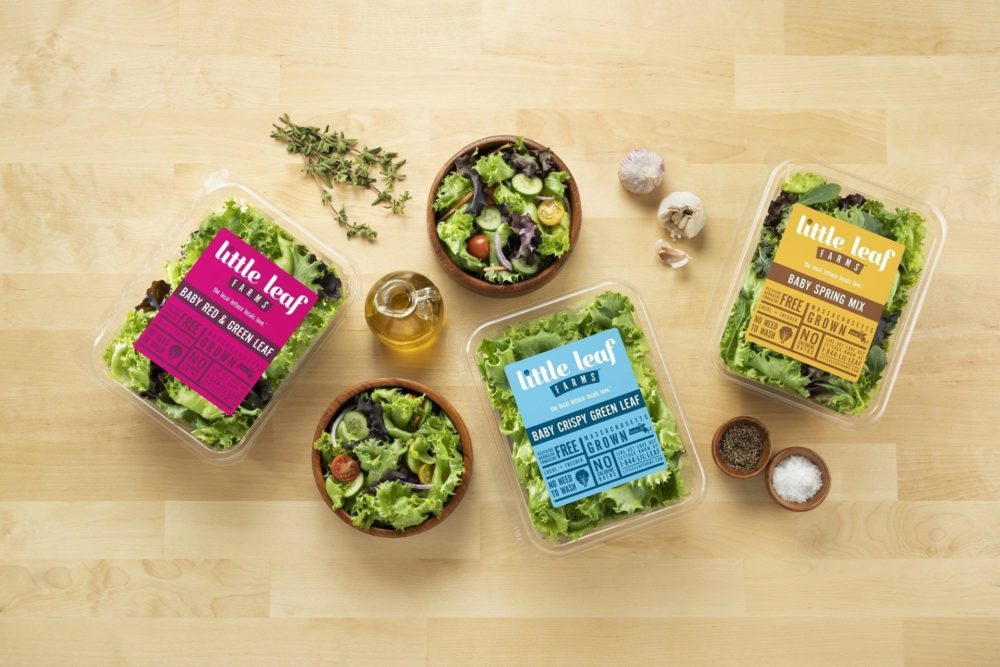Peter Tasgal is a strategic consultant to the food and agriculture industries and co-founder of Farmbook Project, based in Boston, US.
The views expressed in this guest article are the author’s own and do not necessarily represent those of AFN.
Despite recent negative publicity surrounding controlled environment agriculture (CEA), opportunities for investors remain in the North American sector today.
In 2023, CEA’s investable assets fall into two categories. The first is businesses with free cashflow and management teams experienced in CEA. Then there are the valuable pieces of startups that can become part of a new generation of viable businesses.
Within either category, the price of the asset today will be substantially less than in the heyday of 2021, when interest rates were abnormally low and the desire to invest in agricultural assets was at a peak.
However, the environment today is much more realistic and therefore investments in the sector have a much better chance for long-term sustained success compared to during 2021.

Conditions for investment today
Valuation analysis for new investments should be focused on the following three areas:
Conservative revenue forecasts: Investors should based forecasts on the reasonable likelihood of there being 1) production quantities of a quality product and 2) sell-through numbers in line with actual results.
A management team experienced in CEA: The majority of successful operations have management teams highly seasoned in CEA.
Valuations that account for interest rate increases: Treasury rates have increased 300 to 400 basis points from 2021 to today; this increase should be reflected in required rates of return.
The CEA investing environment: 2021 to 2023
The investing environment has changed dramatically from 2021 to today.
For example, in 2021, the average five-year treasury rate was under 1% compared to today’s rate that’s around 4.5%.
Today there is also a large investment pool of private credit investors, with several major ones publicly stating their current return requirements of 14% to 15%.
Special purpose acquisition companies (SPACs), so popular in 2021, have experienced large to total investment losses in early-stage businesses; the same has been true for private company investors.
CEA technologies themselves have lagged. While some have improved efficiencies in the indoor growing environment, these have not been enough to cause major market disruptions. Similarly, traditional products grown in the CEA format have not achieved pricing increases on par with inflation levels.

All is not lost in CEA
Despite a current wave of negative press, not all is bad in CEA today.
Large greenhouse operators, many of which have been in business for decades, continue to expand, become more efficient, and presumably deliver financial results.
Product mix is also expanding. For example, greenhouse-grown strawberries — which I consider an important purchasing decision for the consumer — are now available at the retail level. Costco and other major retailers consistently offer greenhouse grown strawberries, albeit at prices significantly above those of conventional growers.
Lettuce and leafy green producers have found a way to become competitive with outdoor growers. For example, Little Leaf Farms is the first indoor leafy greens brand to surpass field-grown greens in any region and is now the best-selling packaged lettuce in New England.
Elsewhere, unique one-off companies are having some success, such as quick-service restaurant chain Wendy’s purchasing its tomatoes from greenhouse operators and seeking additional lettuce supply from those environments.
In the world of M&A, Freight Farms, the leading seller of container farms in North America, has entered into a merger agreement with Agrinam Acquisition Corp. to go public via SPAC.
Meanwhile, Mastronardi Produce and Bosch Growers — both highly experienced with CEA — now operate the four CEA farms formerly belonging to AppHarvest. Vertical Farm operator Kalera has been recapitalized and is in the process of a
re-launch.
These are decidedly positive developments for CEA, as are other well-run and profitable companies that continue to expand. The number of early-stage businesses finding new sources of capital is also cause for optimism in the industry — and a clear sign that CEA is viable over the long term.
The industry would be further helped by product price inflation. Produce sections are one of the few areas in retail which have experienced limited price inflation. Prudent investors today are assuming limited price inflation in determining valuations.
As the industry moves further away from 2021, when sellers had very high expectations, valuations of buyers and sellers are likely to come closer together.



